Bread sits at the center of Arab life — humble yet essential, it’s the thread running through markets, kitchens, and family tables. Across the region, bakers turn simple ingredients into loaves that carry history in their crust: the smoke of taboon ovens in Palestine, the buttery folds of msemmen in Morocco, the soft khubz of the Gulf. Each one tells its own story of place and time. Here are 9 breads that continue to play a part in how the Arab world eats, shares, and remembers.
Eish Baladi — Egypt
Literally meaning “local bread,” eish baladi is the heartbeat of Egyptian meals. Made from whole wheat and baked in clay ovens, it puffs up into perfect rounds with a smoky flavor. Its name comes from “aish,” meaning life — a reflection of how essential it is to every Egyptian table.
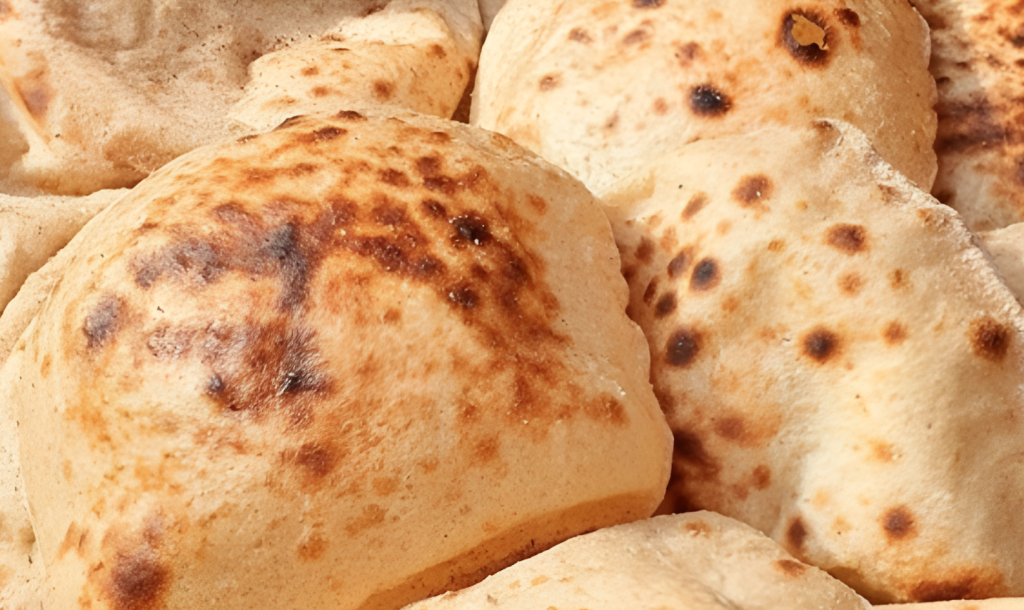
Saj Bread — Lebanon, Syria, Palestine
Paper-thin, pliable, and slightly crisp at the edges, saj bread is cooked on a convex griddle. It’s perfect for wraps like Manousheh or shawarma and embodies the Levant’s love of communal, open-air cooking.
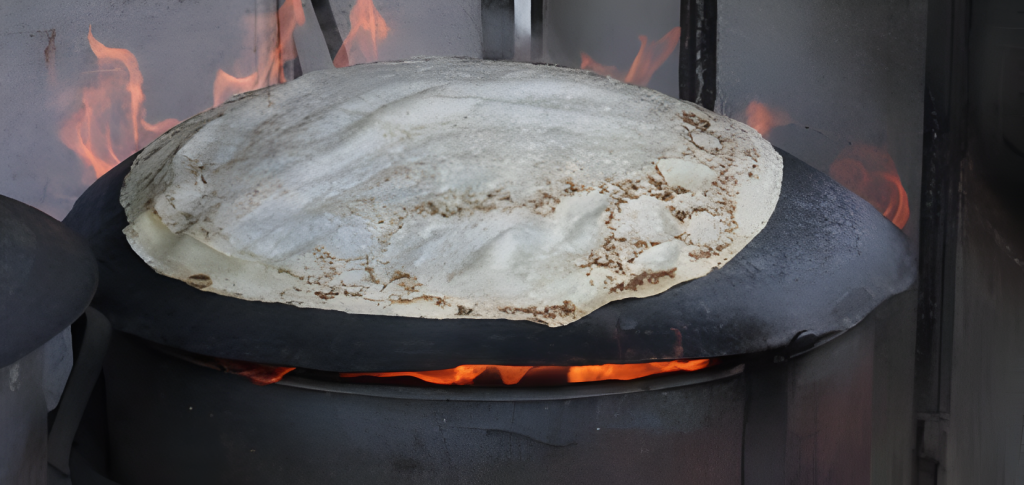
Tannour Bread — Iraq
Cooked in clay ovens similar to Indian tandoors, tannour bread has a soft interior and charred exterior. Traditionally slapped against the oven wall, it’s smoky, chewy, and made to pair with grilled meats or thick stews.
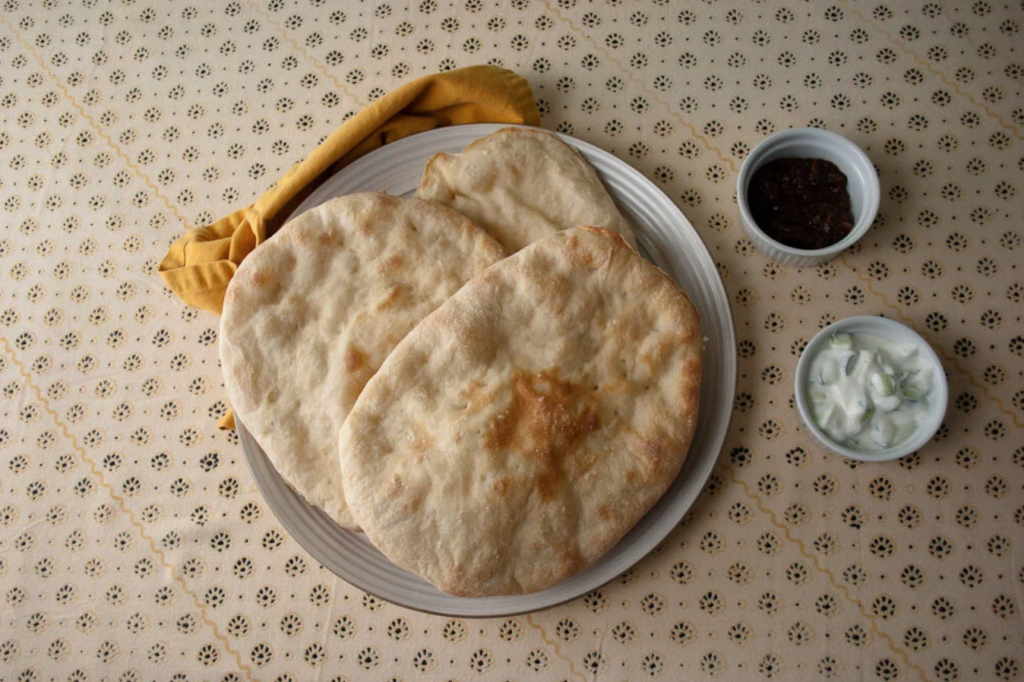
Msemmen — Morocco & Algeria
A flaky, square flatbread layered with semolina and butter, Msemmen is a breakfast favorite served with honey, jam, or mint tea. Street vendors often fry it fresh — its crisp edges and soft center are a morning ritual across the Maghreb.
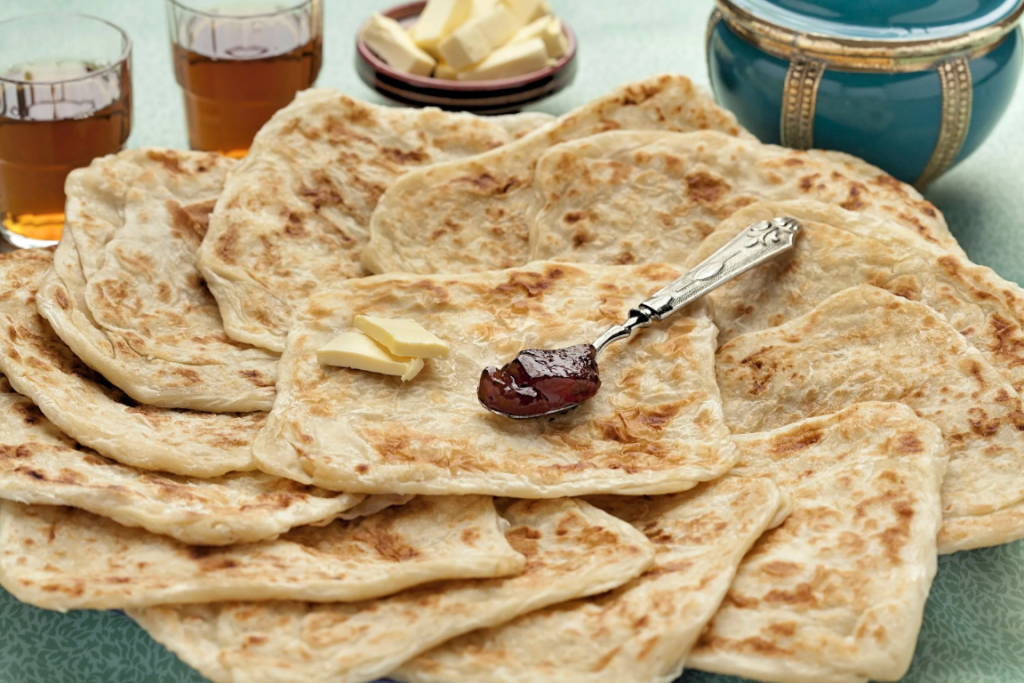
Tabouna — Tunisia
A rustic North African bread baked in underground clay ovens. Tabouna has a slightly chewy texture, golden crust, and smoky flavor, often used to wrap grilled lamb or fish along the coast.
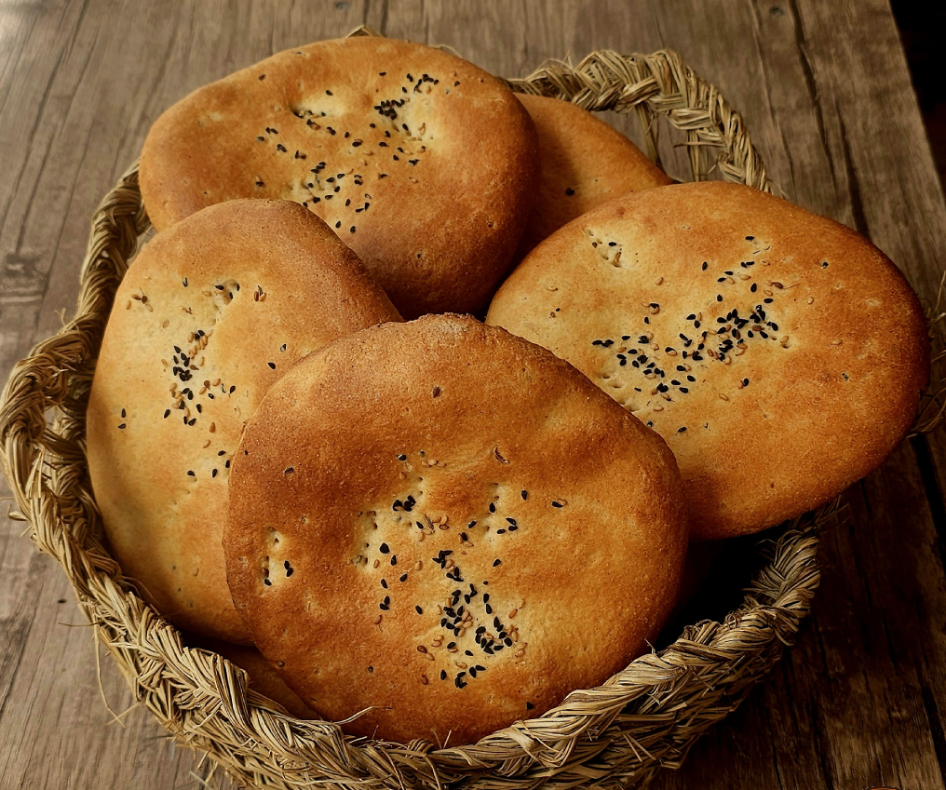
Markouk — Lebanon & Syria
So thin it’s almost transparent, markouk is a traditional mountain bread baked on a domed griddle. Folded into large sheets, it’s used to wrap herbs, labneh, or cheese — a perfect balance of simplicity and craft.
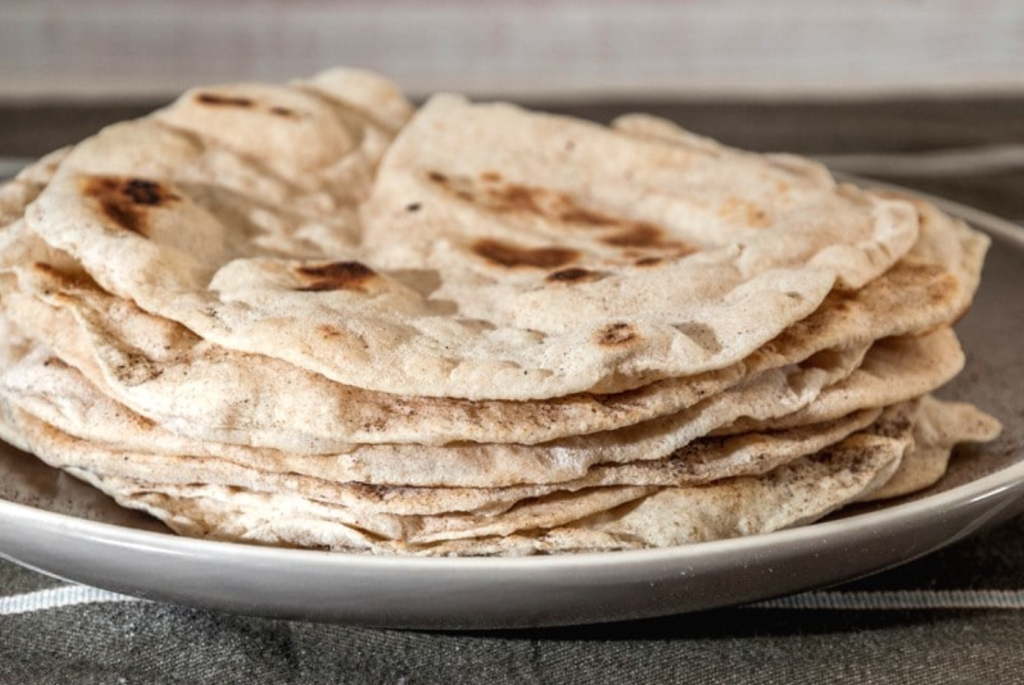
Batbout — Morocco
Sometimes called Moroccan pita, batbout is cooked on a griddle instead of being baked. It puffs up into small pockets and is filled with savory or sweet fillings — a versatile favorite for quick street snacks.
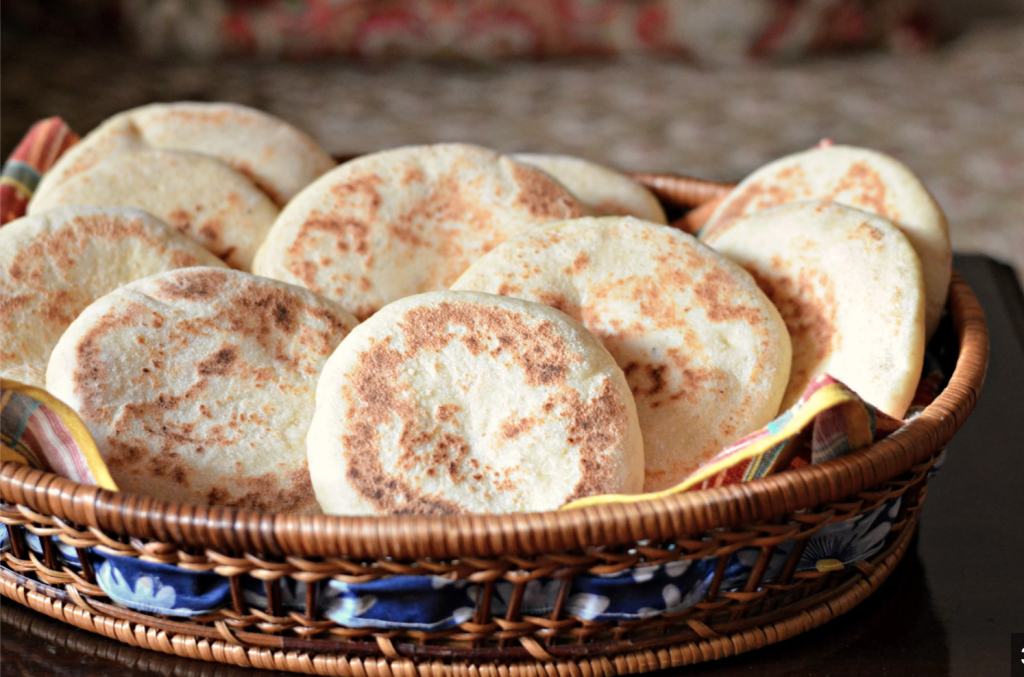
Aish Shamsi — Egypt
Baked under the sun and leavened naturally, aish shamsi (“sun bread”) is a Nubian specialty. Its golden crust and slightly sour flavor make it one of Egypt’s oldest, most artisanal breads — still baked in traditional village ovens.
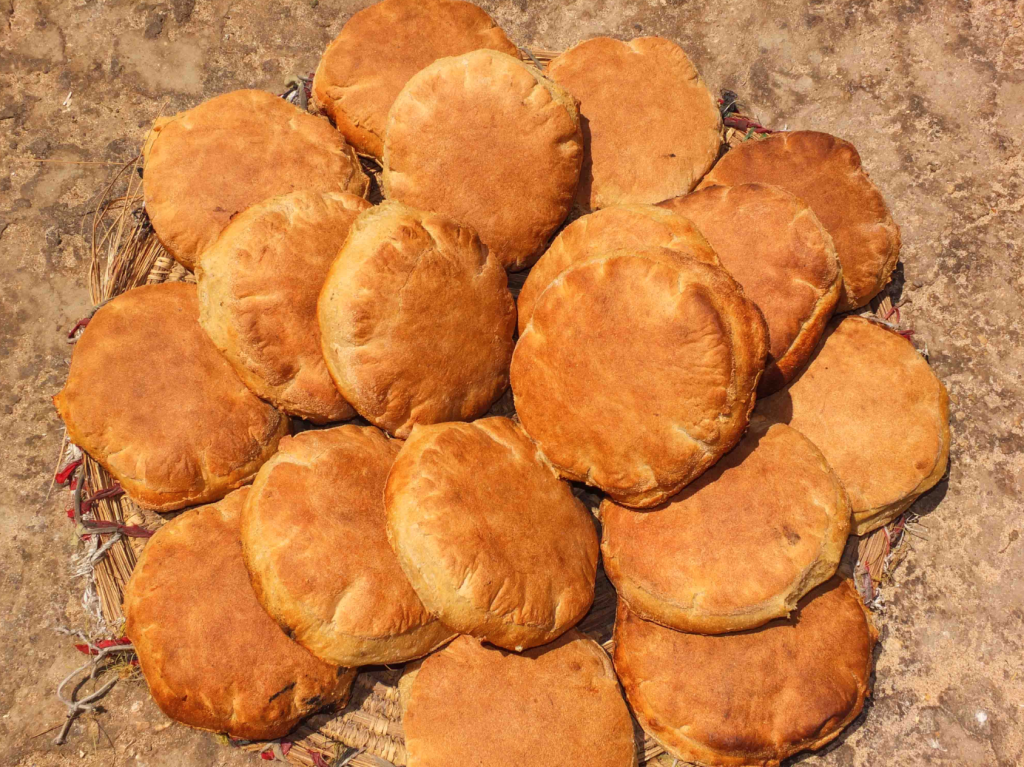
Malawah — Yemen
A flaky, buttery bread similar to a croissant in spirit, malawah is cooked in layers and often served with honey or cheese. Its rich, comforting flavor reflects Yemen’s deep culinary roots.
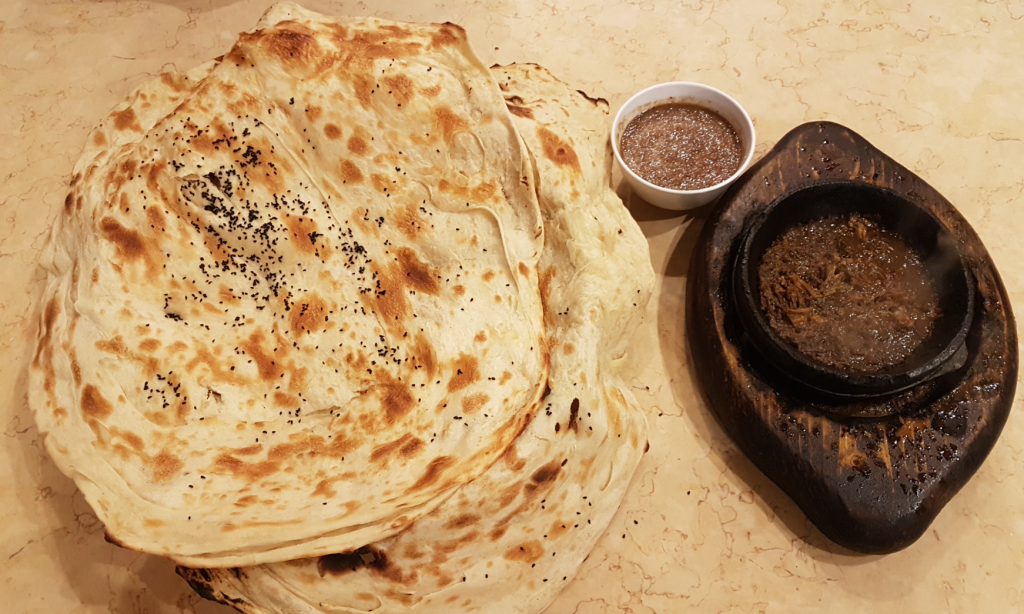
These breads span the Arab world, each deeply rooted in local culture, sustenance and communal life. From Egypt’s foundational “bread of life” to the Levant’s paper-thin Saj, and Morocco’s folded, layered breakfast favourite, they showcase how bread has gradually become an identity.
WE ALSO SAID THIS: Don’t Miss… A Deep Look Inside Omar Al Tijani’s ‘The Sudanese Kitchen’



